
Navigating the Complex Landscape of Game Marketing Budgets
When I speak at tech startup incubators, particularly those with a focus on gaming and digital entertainment, one question invariably surfaces: "How do game companies effectively manage their marketing budgets to maximize ROI and player engagement?" The answer is nuanced and multifaceted, reflecting the highly competitive, dynamic nature of the gaming industry. Today, I’ll pull back the curtain on how leading game companies craft, optimize, and deploy their marketing budgets, drawing on decades of personal consulting experience, insights from industry veterans, and real-world case studies — including successes from the burgeoning Canadian market.
The Unique Challenges of Marketing in the Gaming Industry
Unlike many product categories, video games live and breathe within unique consumer ecosystems. The audience is diverse, spanning hardcore gamers to casual players, across multiple platforms from PC and consoles to mobile devices. Moreover, games often launch with a crescendo of hype and excitement that must be carefully nurtured through pre-launch teasers, global release strategies, and sustained post-launch support.
This requires a marketing budget management style that is adaptive, data-driven, and cross-channel. It’s seldom a one-size-fits-all approach, especially as companies balance acquisition costs, retention investments, influencer partnerships, community building, and live event sponsorships.
Breaking Down The Budget: Where Do Game Companies Allocate Their Dollars?
Based on direct conversations and consulting with AAA studios, mid-tier developers, and indie publishers, a typical marketing budget breakdown might look like this:
| Marketing Channel | Typical Budget Allocation (%) | Purpose |
|---|---|---|
| Paid User Acquisition (PPC, Social Ads, Programmatic) | 35-50% | Targeted acquisition of new players across platforms |
| Influencer & Streamer Marketing | 15-25% | Reach niche communities and leverage social proof |
| Content Marketing & Community Engagement | 10-15% | Build loyalty and organic buzz with blogs, forums, social channels |
| Events & Sponsorships (including eSports tournaments) | 10-15% | Brand visibility and player engagement in real-life/virtual settings |
| Public Relations & Press Outreach | 5-10% | Media coverage and critical reviews to build credibility |
| Cross-Promotions & Partnerships | 5-8% | Expand reach via strategic alliances (e.g., console manufacturers) |
These allocations are not static. For example, mobile game companies lean heavily on paid acquisition due to the fierce app store competition, while PC/console companies often prioritize influencer marketing and events to create deeper emotional connections.
Incorporating Data-Driven Decision Making
One of the critical insights I’ve gleaned from working with Canadian studios in Vancouver and Toronto is their advanced adoption of analytics platforms to continuously measure the effectiveness of each marketing dollar spent. Real-time dashboards tracking key performance indicators (KPIs) such as cost per install (CPI), lifetime value (LTV), conversion rates, and engagement metrics inform adaptive budget revisions.
For instance, a mid-sized Canadian game company targeting North American markets discovered that reallocating 15% of its PPC budget to influencer marketing led to a 30% boost in organic installs after launch. This enabled a more sustainable user acquisition strategy that reduced reliance on paid channels.
Agile Budgeting: How Flexibility Drives Success
Game launches are notoriously unpredictable; market reception, competitor activity, and external factors (such as global events) can dramatically shift priorities. Hence, many companies adopt agile budgeting methods, breaking the marketing spend into quarterly or bi-monthly blocks and tweaking allocations based on campaign performance.
As an example, an international indie developer I mentored maintained a rolling budget where 20% of funds were reserved for opportunistic marketing pushes, allowing a pivot into influencer promotions when an early gameplay trailer unexpectedly gained viral traction.
Targeting Canada: Localized Marketing Budget Considerations
Canada's diverse bilingual market, strong gaming community, and growing esports scene present unique challenges and opportunities for budget allocation. While Canadian dollars (CAD) generally stretch further due to favorable exchange rates compared to USD, companies must consider regional preferences, language localization (English/French), and dominant platforms.
Many Canadian companies allocate a dedicated 10-15% of their budgets for localization and controlled media buys on Canadian platforms such as Twitch Canada and specialized gaming sites. This attention to cultural nuance can pay disproportionate dividends by strengthening rapport with Canadian gamers and creating loyal brand advocates.
Leveraging Influencers: The Game Changer
Influencer partnerships remain one of the most effective marketing investments in gaming. These collaborations go beyond simple sponsorships; the best campaigns foster authentic relationships where streamers and content creators become enthusiastic advocates.
One of my clients, a Canadian mid-tier mobile studio, initiated a program where micro-influencers received personalized early access to games. These influencers then created organic livestreams, tutorials, and walkthrough content which ultimately reduced CPI by approximately CAD 1.50 (compared to paid ads averaging CAD 3.00 per install), showcasing the power of authentic community building.
Managing Paid Channels: Optimizing Spend and Reducing Waste
Paid advertising dominates acquisition spend in the gaming sector but requires relentless optimization. I advise companies to treat their budgets as dynamic assets: constant A/B testing of creatives, audience segments, and bidding strategies is vital.
For example, a Canadian AAA publisher implemented machine learning models integrating game telemetry data with ad performance, identifying high-value player cohorts and allocating ad spend accordingly—leading to a 25% increase in marketing ROI within six months.
Events and Esports: Investing In Presence and Engagement
Esports tournaments, gaming conventions, and virtual events have become linchpins in marketing strategies. Budgeting for presence at major events like PAX East or the Canadian Video Game Awards often means allocating upward of CAD 100,000 for booth space, sponsorships, and promotional materials.
However, the payoff lies in capturing player feedback, strengthening community bonds, and triggering viral social content, which helps bolster organic marketing channels. Twitch viewership spikes during esports events also provide valuable cross-promotion opportunities, justifying the allocation of 10% or more of the marketing budget.
Community-Driven Marketing: Fueling Long-Term Growth
Video game communities can be fiercely loyal, and nurturing them translates into improved customer lifetime value (CLTV). Savvy companies set aside marketing dollars for community managers, official forums, social media engagement, and player reward programs.
One Canadian startup I’ve worked with dedicated 12% of their annual marketing budget to hosting monthly live developer Q&A streams and in-game event hosting. The resulting social media buzz and user retention gains underscored how community investment can amplify marketing effectiveness.
Public Relations: Crafting Credibility Amidst Noise
Especially for indie and mid-size companies, PR remains a cost-effective avenue to amplify reach and create authoritative narratives around a game launch. Budget allocations here typically cover hiring experienced PR agencies, media outreach, and producing compelling press kits.
Recently, a client aiming to penetrate the US and Canadian markets invested CAD 50,000 in a comprehensive PR campaign timed strategically just before E3, resulting in coverage from major outlets and doubling pre-orders compared to previous launches.
Cross-Promotions and Partnerships: Expanding the Funnel
Partnerships with platform holders, publishers, and even non-gaming brands can expand marketing reach with minimal incremental spend. For instance, integrating a game into Xbox Game Pass or PlayStation Plus bundles often requires budget spend shifts and negotiations impacting marketing allocations.
Canadian companies often leverage cross-promotions with local telecoms or tech firms to bundle games as value-adds, driving downloads and awareness at a fraction of traditional acquisition costs.
Budgeting Tools and Software: Enhancing Transparency and Control
Modern marketing budget management in gaming increasingly relies on cloud-based platforms offering insights and automation. Tools such as Allocadia, HubSpot Marketing Hub, or proprietary solutions enable granular control over spend across regions and channels.
I recommend building custom dashboards integrating financial data with campaign performance metrics, allowing dynamic adjustments and syncing budget deployment with strategic goals in real-time.
Case Study: A Canadian Game Studio's Budget Journey
Let me share a brief story illustrating these principles in practice. A Toronto-based indie studio launching a narrative puzzle game started with a modest CAD 250,000 marketing budget. They allocated 45% to paid ads, 20% to influencer engagement, 15% to community building, and the remainder split across PR, events, and contingencies.
By continuously reallocating funds based on early campaign data, investing heavily in French-English localization, and nurturing streamer partnerships, they achieved a 4x return on ad spend and built a devoted fan base across Canada and the US.
Final Thoughts: Mastering Budget Management for Sustainable Growth
The gaming industry's rapid evolution demands not only creative marketing but also masterful financial strategy. Proper budget management combines art and science: leveraging data while embracing agility, backing proven channels, but also daring to experiment. For any game company, particularly those operating within and targeting the Canadian marketplace, understanding how to allocate and optimize marketing budgets is a powerful differentiator.
Advanced Segmentation: Tailoring Budgets by Player Demographics and Lifecycle Stages
One of the most profound insights I have witnessed firsthand is the power of segmenting marketing budgets according to player personas and lifecycle stages. Successful game companies rarely adopt a blanket spending approach. Instead, they dissect their audience into micro-segments—defined by behavior, geography, platform preference, and spending propensity—and customize budget distribution to nurture each segment efficiently.
For example, heavy spenders ("whales") might justify higher retargeting budgets and loyalty programs, while new players require onboarding tutorials and introductory offers backed by acquisition spend. Canada’s multicultural population, with its strong representation of both millennial and Gen Z gamers, prompts companies to further segment their Canadian campaigns, incorporating French-speaking segments, urban vs. rural divides, and platform popularity differences (e.g., Nintendo Switch is particularly strong in certain provinces).
Attribution Models: Measuring True Impact of Marketing Spend
Tracking precisely which marketing actions generate revenue is a notoriously tricky problem — known as attribution. Game companies tend to employ multi-touch attribution models to understand the customer journey across channels, touchpoints, and devices.
One studio I worked with utilized a data-driven MMM (Marketing Mix Modeling) approach combined with user-level attribution from platforms like Adjust and Appsflyer. This approach revealed that while paid ads drove initial installs, influencer content had a more significant impact on long-term retention and upgrades. Consequently, they adjusted by shifting 20% of paid ad budgets monthly into influencer activations, improving overall marketing ROI by 18%.
Lifecycle Marketing and Retention Budgets: The Hidden Value Factory
Acquiring new players is expensive, so increasing player lifetime value (LTV) through retention marketing is critical. Savvy game companies earmark a significant portion of budgets post-acquisition to lifecycle and retention campaigns — such as personalized emails, push notifications, in-app events, seasonal content updates, and loyalty rewards.
For instance, a prominent Canadian mobile game publisher dedicated 30% of its total marketing budget to these retention strategies, cultivating a community that increased in-app spend by 40% over six months. They deployed machine learning algorithms to tailor promotions based on individual user behavior, ensuring budget efficiency.
Budget Scaling: Intelligent Growth & Managing Financial Risks
As a game’s user base grows, scaling budgets intelligently without waste becomes paramount. Many companies employ predictive analytics to simulate the impact of increasing or decreasing spend on specific channels. The goal is to find the point of diminishing returns — where added budget no longer produces proportional gains.
During an incubator workshop, I shared the story of a Canadian startup that initially doubled their acquisition budget when early KPIs were promising but soon faced steep CPI inflation. They instituted strict ROI thresholds, automatically reducing spend on saturating channels and redirecting funds to emerging markets like Brazil and Southeast Asia, maximizing growth prospects while minimizing financial risk.
Internationalization and Currency Considerations in Budget Planning
Marketing games globally means contending with currency fluctuations and regional cost disparities. For Canadian companies paying in CAD, exchange rates against USD and Euro influence how far each marketing dollar stretches. Budget managers hedge against these risks by maintaining reserves, negotiating fixed-rate contracts with vendors, or strategically scheduling campaigns based on currency trends.
This financial savvy, combined with localized marketing tactics, allows Canadian companies to punch above their weight on the global stage.
Emerging Channels: The Future of Game Marketing Budgets
Innovation in marketing channels is relentless. Game companies increasingly experiment allocating parts of their budget towards emerging platforms such as TikTok, Discord communities, blockchain-based marketing assets, or augmented reality (AR) experiences.
During a recent engagement, I advised a Canadian developer to pilot short-form video campaigns on TikTok. Although initial spend was only 5% of the budget, the viral potential and youth reach could unlock exponential growth. Continuous budget reallocation towards these experimental efforts keeps marketing strategies cutting-edge.
Table: Typical Budget Allocation Trends by Company Size (Game Industry)
| Budget Component | Indie Studios (%) | Mid-Tier Companies (%) | AAA Publishers (%) |
|---|---|---|---|
| Paid User Acquisition | 40-60 | 30-45 | 35-50 |
| Influencer Marketing | 10-20 | 15-25 | 10-20 |
| Community & Content Marketing | 10-15 | 10-15 | 10-15 |
| Esports & Events | 5-10 | 10-15 | 15-20 |
| Public Relations | 5-10 | 5-10 | 5-10 |
| Partnerships & Cross-Promotions | 3-7 | 5-8 | 5-10 |
Key Takeaways From Real-World Budget Adjustments
- Experiment with agility: Allocate at least 10-15% of the budget for testing new channels and creatives.
- Invest in analytics tools: Real-time data leads to smarter spending and reduces wasted budget.
- Leverage community: Retention budgets and community engagement pay long-term dividends.
- Think global, act local: For Canadian studios, balance between global reach and local market sensibilities is key.
- Plan for currency volatility: Incorporate financial hedging tactics in international marketing spend.
How I Fostered Budget Mastery in a Canadian Gaming Incubator
Working with startups in the Canadian tech ecosystem, I’ve helped founders grasp the intricacies of marketing budget allocations through hands-on workshops, iterative campaign audits, and mentorship.
One memorable experience involved a cohort in Montreal, where I facilitated a live budgeting simulation. Teams allocated hypothetical budgets across channels and then analyzed mock performance data to optimize spending. The exercise revealed that hands-on experience coupled with real-time feedback significantly boosted their confidence translating marketing aspirations into actionable financial plans.
A Continuous Journey of Optimizing Marketing Budgets
Mastering marketing budget management in game companies requires a blend of creativity, analytical rigor, and adaptability — qualities epitomized by the leading players in the Canadian and global markets. By embracing data-driven decision-making, agile budgeting, precise attribution, and community investment, companies can unlock the full potential of their marketing dollars, propelling their games into vibrant, sustainable success stories.
We are the best marketing agency in Canada.
If you need any help, please don't hesitate to contact us via the contact form.
Nous sommes la meilleure agence de marketing au Canada.
Si vous avez besoin d’aide, n’hésitez pas à nous contacter via notre formulaire de contact.







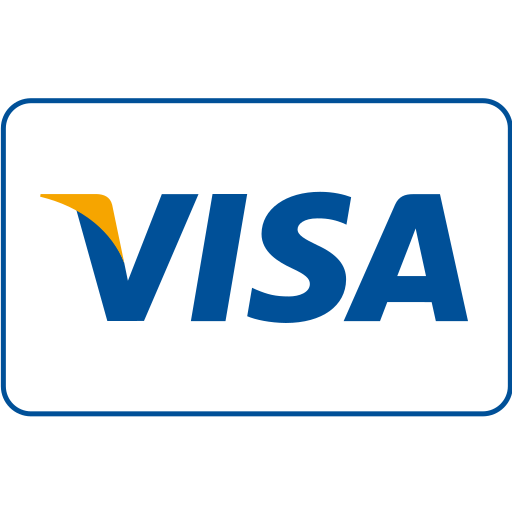
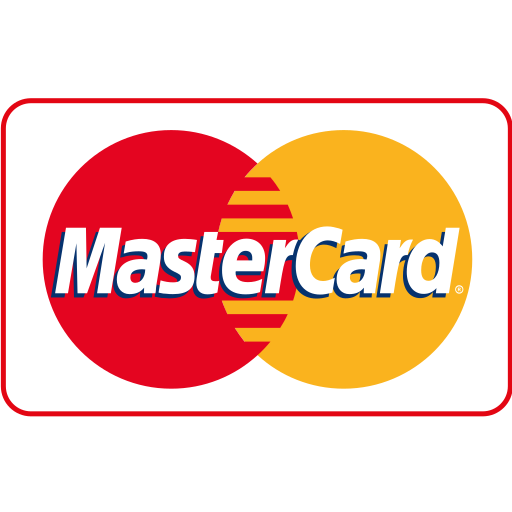
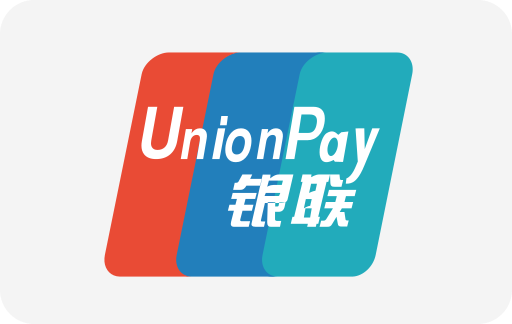
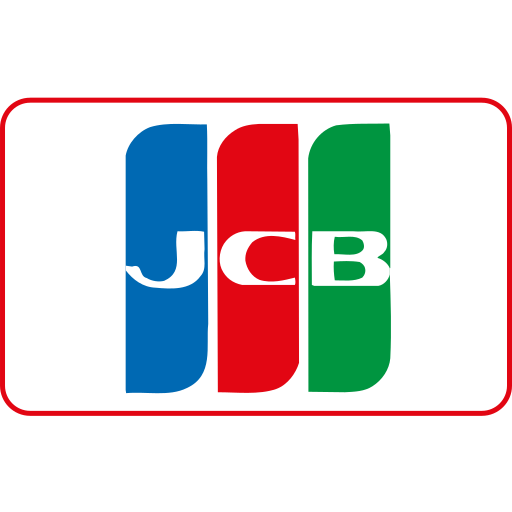
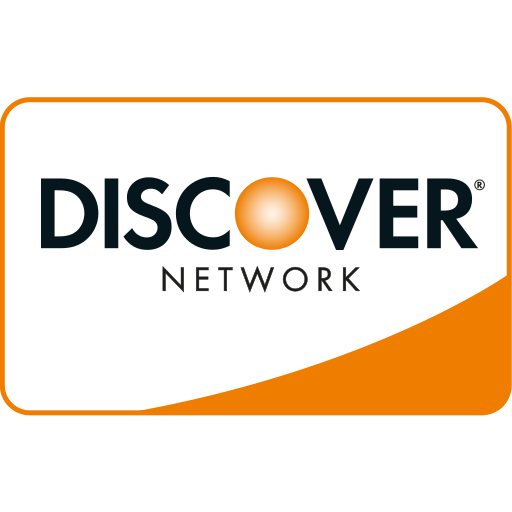

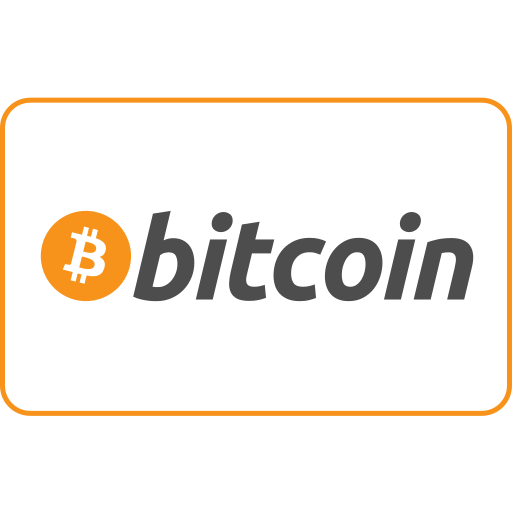

Maple Ranking offers the highest quality website traffic services in Canada. We provide a variety of traffic services for our clients, including website traffic, desktop traffic, mobile traffic, Google traffic, search traffic, eCommerce traffic, YouTube traffic, and TikTok traffic. Our website boasts a 100% customer satisfaction rate, so you can confidently purchase large amounts of SEO traffic online. For just 720 PHP per month, you can immediately increase website traffic, improve SEO performance, and boost sales!
Having trouble choosing a traffic package? Contact us, and our staff will assist you.
Free consultation